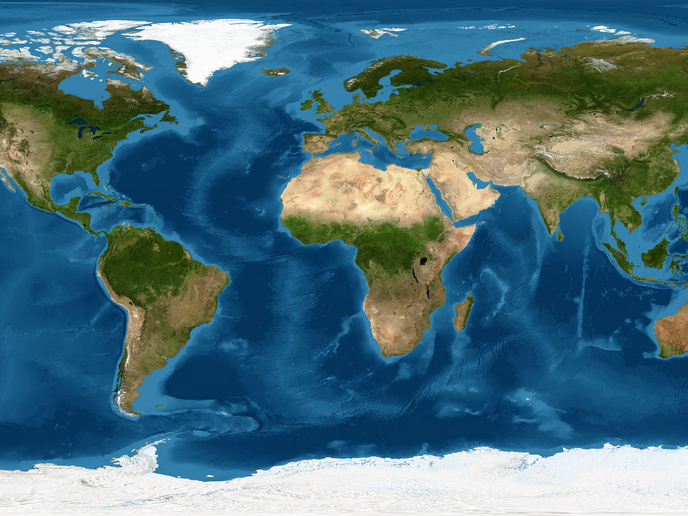Improving the accuracy of carbon dioxide measurements
Public awareness of the threat of climate change is growing. Reliable climate forecasts depend heavily on concentrations of carbon dioxide (CO2) and therefore it is necessary to closely monitor the evolution of CO2 around the globe. This can be accomplished with instrumentation aboard earth-orbiting satellites such as ENVISAT. In the context of the COCO project, the Centre National de la Recherche Scientifique (CNRS) used data from the Scanning Imaging Absorption Spectrometer for Atmospheric Chartography (SCIAMACHY) instrument to estimate CO2 concentrations in the atmospheric column. The SCIAMACHY sensor takes advantage of CO2 absorption at specific wavelengths in the electromagnetic spectrum. However, the analysis performed by CNRS revealed that scattering by aerosols and undetected clouds can cause significant interference. This can distort the resulting CO2 concentrations by as much as three parts per million. Fortunately, the French scientists were able to resolve this problem by assimilating ground-based measurements of the solar spectra from the Kitt Peak National Observatory. The method, which is based on the concept of differential absorption, was able to reduce error levels by 50%. CNRS recommends the application of the procedure to improve the quality of CO2 column data, in particular data destined for use in inversion models.







